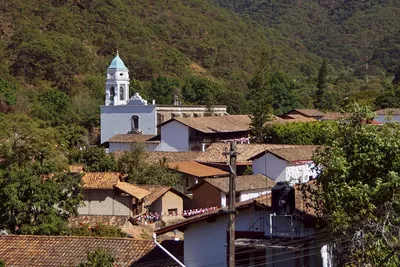
San Sebastian del Oeste: A Pictorial Paradise in Jalisco
San Sebastian del Oeste is a Magical town of mining tradition, with beautiful pre-Hispanic buildings and landscapes that invite visitors to enjoy an unforgettable vacation.
This town is in the State of Jalisco, to the west (as its name suggests, “Oeste”), nestled in the mountains of the Sierra Madre Occidental.
It is bordered to the north and east by the state of Nayarit, to the south by the municipality of Mascota, and to the west by Puerto Vallarta.
How to get to San Sebastian del Oeste
To get to San Sebastian del Oeste from Guadalajara, you must take Mexico Highway 70 for approximately 4 hours.
There’s also a flying option from Puerto Vallarta on daily flights that arrive at a small airstrip on the outskirts of San Sebastian.
The views of the hills and forests that can be enjoyed on the flight are not to be missed.
There is also a scenic route from Puerto Vallarta to San Sebastian, less than an hour’s drive!
San Sebastian del Oeste history
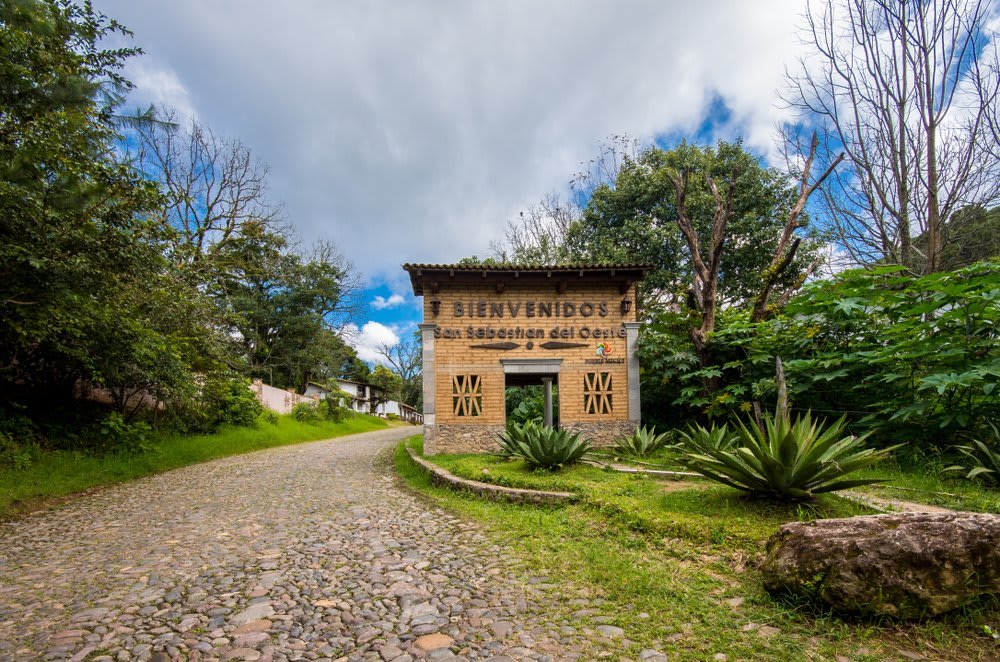
Inhabited by Tecos Indians, it was colonized in 1524 by Francisco Cortes.
Still, it was around 1530, due to the discovery of valuable mines, when Nuno de Guzman took over the town called Real de San Sebastian, becoming one of the most important mining centers of the time.
San Sebastian del Oeste Jalisco had more than 20,000 inhabitants living in a prosperous and self-sufficient environment, a product of its gold and silver mines.
Today there are less than 6,000 inhabitants, giving it an aura of a quiet town that retains its air of past grandeur.
Climate
Like all of western Jalisco, the prevailing weather is humid.
San Sebastian is tucked in a rugged mountainous area, blessed with an average annual temperature of 19° C, so you will have little to complain about at any time of the year.
The weather tends to be a little drier in winter and spring; overall, it’s pleasant for tourists.
The minimum temperature is around 12° C, and the maximum is 26° C, with annual rainfall between 1,000 and 1,400 mm.
Things to do in San Sebastian del Oeste
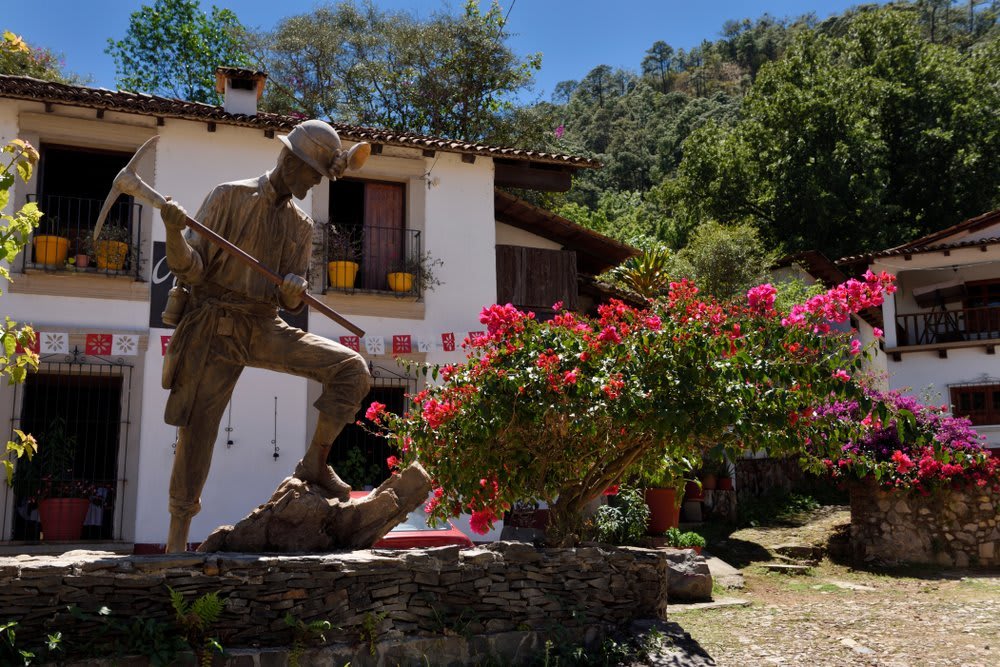
San Sebastian has a great history and is mainly visited for its physical heritage’s beauty and historical interest, which comes from colonial times.
Among these testimonies, I can mention the Temple of San Sebastian, the Hacienda Jalisco, the Santa Gertrudis Mine, and the La Terronera Mine, some of the more than 50 mining sites in the past.
Another way to relive the mining past is by visiting the Casa Museo Doña Conchita Encarnación and the Parish Museum.
Other sites of interest are La Quinta, a farm where the region’s coffee is still processed (my favorite!), the main square, and the old cemetery.
Visit el Templo de San Sebastian

Called San Sebastián Mártir Church in honor of its patron saint, it was built by the Franciscan friars at the end of the XVIII century, with a neoclassical style of the colonial era.
Later, in 1897, its domes were renovated to give it a more modern style.
Next to the temple is a beautiful 19th-century building called the portals of San Sebastián, where you can find a large number of businesses and where you can buy souvenirs of your visit to the town.
Hacienda Jalisco in San Sebastian del Oeste
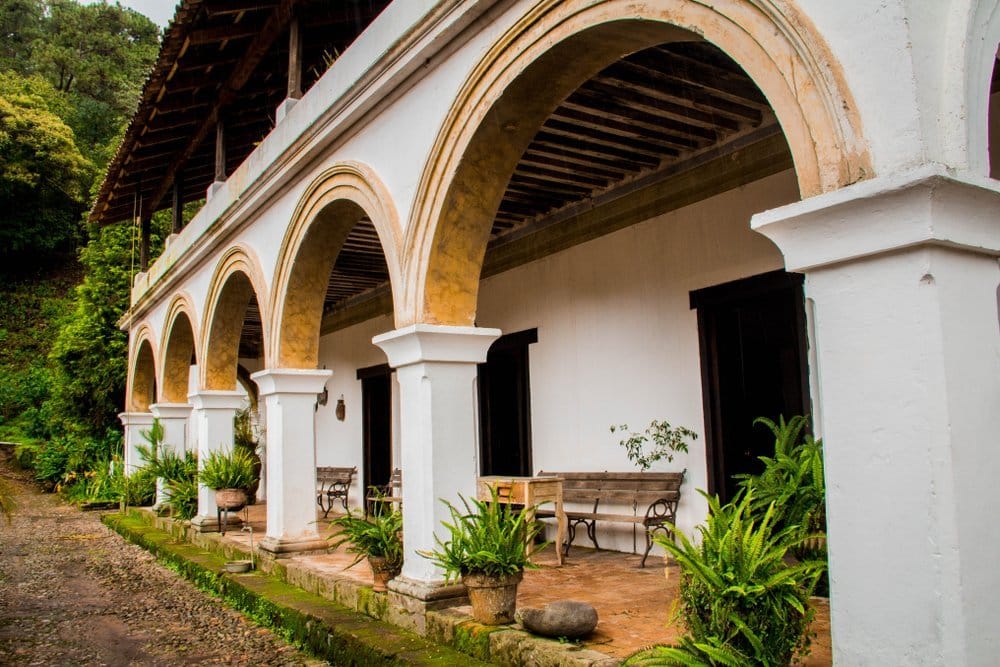
Converted into a Hotel-Museum (currently closed), Hacienda Jalisco is almost 200 years old.
It was built to house and process the precious metals exploited in the mines before being sent to Spain.
Without a doubt, staying at this hacienda is like traveling back in time.
Despite being restored to make it suitable for tourism, it has the old charm of the absence of electricity, being illuminated with oil lamps and candles, as in colonial times.
In the museum, you can find documents and records of the old mining companies and their owners.
Visit the Museum of Doña Conchita Encarnación
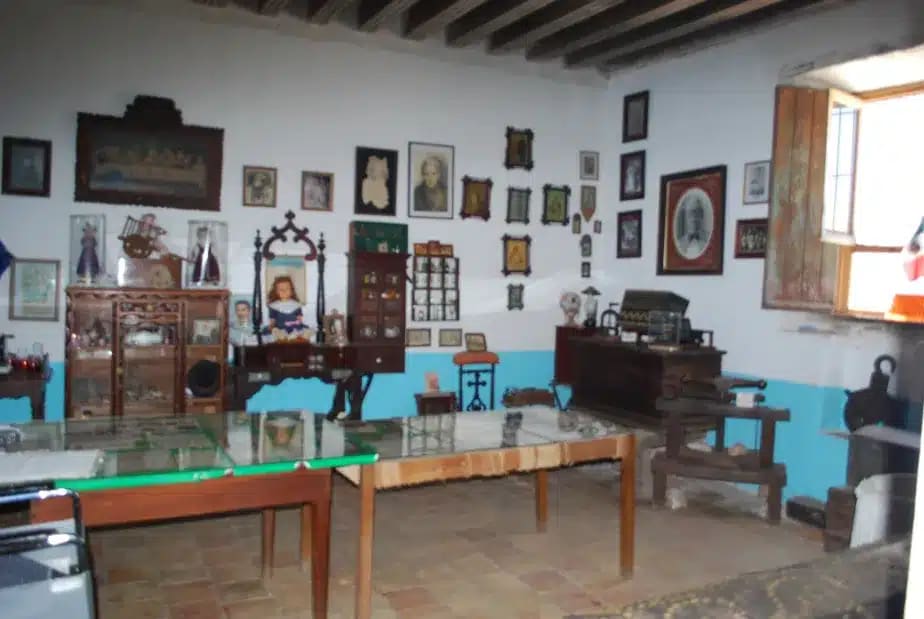
During the viceregal era and later, members of Spanish families had the tradition of marrying among themselves to preserve their roots.
Conchita was the great-great-grandmother of a Spanish family, and curiously, after several inter-family liaisons, she became wife, cousin, and aunt to her husband.
This story will be told more eloquently by Lupita, Doña Conchita’s daughter, who is currently in charge and the museum’s guide.
Inside you will find all kinds of photographs, garments, and objects from several generations of this distinguished family.
At the end of the visit, a photo with Lupita is a must, which will become part of her album, and a copy will be sent to you by mail.
Tour the Santa Gertrudis Mine

Approximately 30 minutes from San Sebastián on a walking tour through the mountains or half the time by ATV, you’ll find the Santa Gertrudis mine, one of the few mining sites with access for tourists and locals.
It was one of the most productive mines in the town in the 19th century.
The Hacienda Jalisco was the place where the minerals with precious metals exploited in this mine were adequately stored and guarded for later shipment to Spain.
San Sebastian del Oeste lodging options
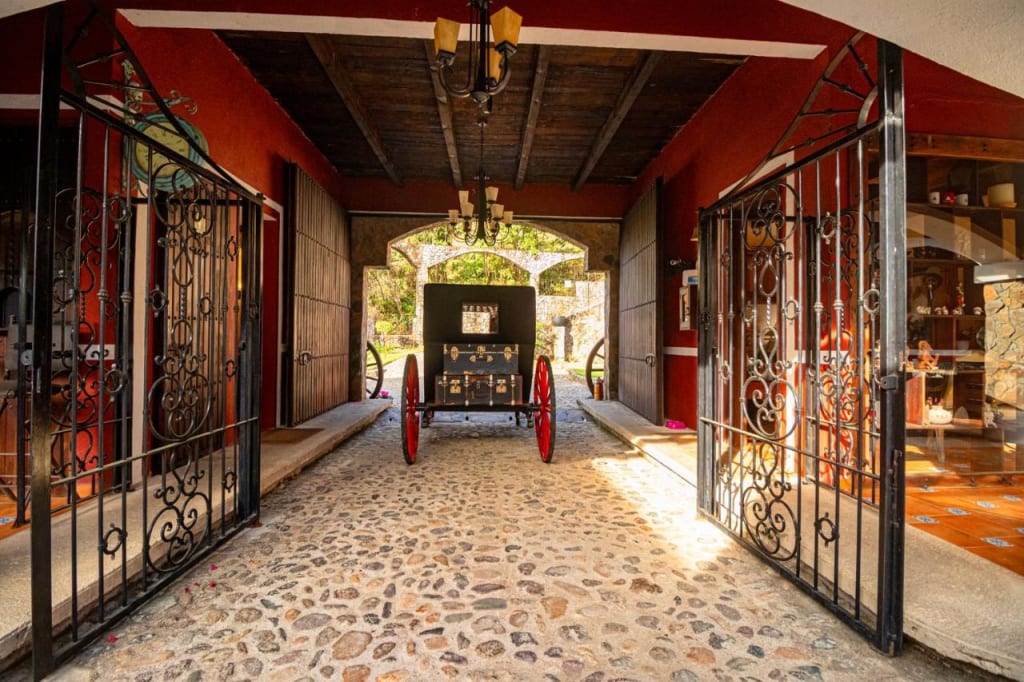
San Sebastian has hotels of all types and for all tastes.
The Posada Santa Rita is perfect if you’re on a budget. Located only 300 meters from the Main Square, with a pleasant family atmosphere and all services and amenities.
If you are looking for a more fancy and comfortable option, Hotel Boutique Hacienda Caudillos is full of history and tradition, has a first-class colonial structure and exceptional service, and is the ideal place for high-demanding clients.
Where to eat?
- El Fortín de San Sebastián Restaurant is a small and cozy café where you can taste typical Jalisco dishes with a homemade touch; among the most requested are the meat pie, tortilla soup, and chicken with tamarind
- Another option is the Montebello Restaurant, with a picturesque atmosphere and live music; there, you can enjoy exquisite pizzas and pasta, among other dishes of Italian gastronomy
- El Galletero Mágico serves the best puff pastry bread in town
- Los Arrayanes Restaurant is old-style and traditional, where you can enjoy a varied buffet and a la carte food
- El Paraíso de San Sebastián is a small local food place with first-class service
San Sebastián Del Oeste Jalisco: Festivities
The most important festival of the town is San Sebastian, in honor of the town’s patron saint.
It is celebrated on January 20 with charreadas (rodeos), fairs, and various shows of local groups that give life and color to the event.
On August 15 is the celebration of the Virgin of the Assumption and on October 7 is the celebration of the Virgin of the Rosary.
On September 15 and 16, Independence Day is civically commemorated, and the “fiesta” of the Virgin of Guadalupe is celebrated on December 12.